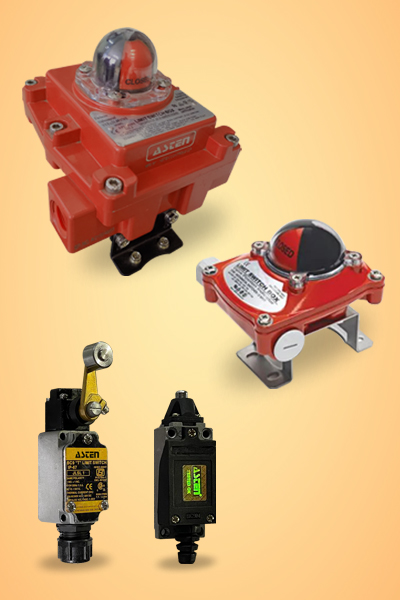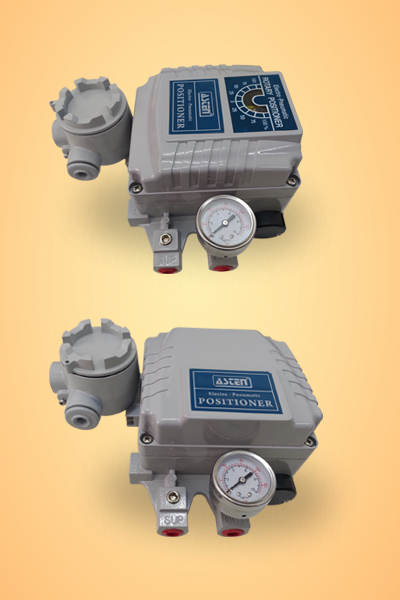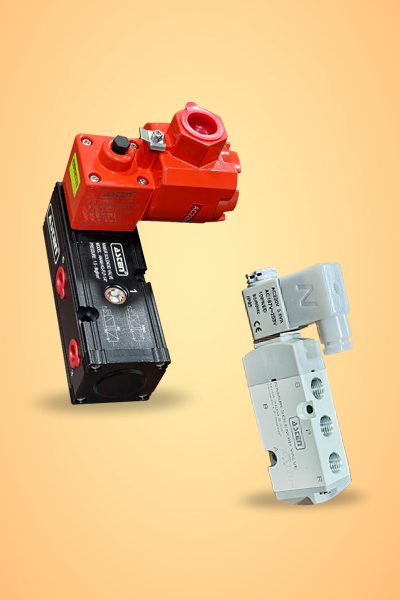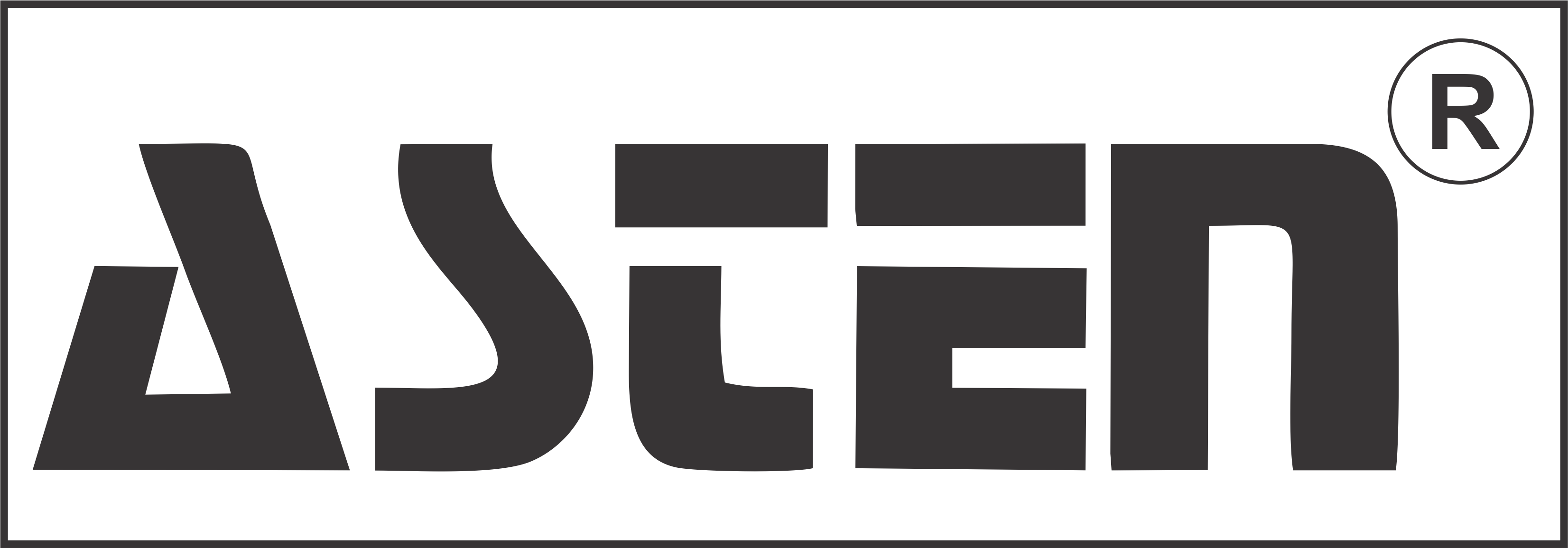Pneumatic compressed air is a versatile and reliable source of power and plays a pivotal role in various industries. This system harnesses the energy stored in compressed air to perform various types of mechanical work, offering numerous advantages that make it a preferred choice in industrial settings.
Pneumatic systems are highly energy-efficient. They are cost-effective and incredibly versatile, suitable for a wide range of applications, from simple tasks like clamping and lifting to complex automation processes.Pneumatic systems offer precise control over force and motion, making them ideal for tasks that require accuracy and repeatability.Pneumatic systems provide quick response times, enabling fast and precise movements in machinery and automation.
Pneumatic components are known for their durability and minimal maintenance requirements, contributing to reduced downtime and operating costs.
Pneumatic systems produce no emissions, contaminants, or residue, making them suitable for cleanroom environments and industries with strict cleanliness standards.Pneumatic systems are relatively easy to install and set up, saving time and reducing installation costs.These advantages make pneumatic compressed air systems a trusted and efficient solution for various industrial tasks, from manufacturing and assembly to packaging and automation, contributing to enhanced productivity and cost savings.
Pneumatic Accessories:
Pneumatic accessories are a vital component of pneumatic systems, designed to optimize and streamline the operation of air-powered machinery and processes. These accessories play a critical role in enhancing the functionality, reliability, and efficiency of pneumatic systems across various industrial applications.
Types of Pneumatic Accessories:
- Air Filters: Air filters remove contaminants and particles from the compressed air stream, protecting equipment and maintaining air quality.
- Lubrication Systems: Lubrication accessories deliver oil or grease to pneumatic components, reducing friction and extending their lifespan.
- Solenoid Valves: Pneumatic solenoid valves are electromechanical devices used in pneumatic systems to control the flow of compressed air. They consist of an electromagnetic coil that, when energized, moves a valve mechanism, allowing or blocking the passage of air. These valves provide precise and rapid control, making them vital in industrial automation and machinery.
- Pressure Gauges: Pressure gauges provide real-time monitoring of air pressure, allowing operators to maintain optimal operating conditions.
- Air Preparation Units: These units combine filters, regulators, and lubricators (FRL units) to prepare and condition compressed air before it enters the pneumatic system.
- Electropneumatic positioners: An electropneumatic positioner is a control device used in industrial automation. It converts electrical signals into precise pneumatic signals, enabling accurate positioning of pneumatic actuators like valves and cylinders. This device ensures precise control and automation in various industrial processes, contributing to efficiency and reliability.
- Moisture separators:Moisture separators are devices designed to remove liquid moisture or water droplets from a gas or air stream. They typically use a combination of baffles, filters, or centrifugal forces to separate and collect moisture, ensuring that the gas or air remains dry and suitable for various processes and equipment.
- Limit switches: A limit switch is an electromechanical device used in industrial and automation applications to detect the presence or absence of an object, limit the travel of machinery, or trigger specific actions. It typically consists of an actuator that, when touched or moved, opens or closes an electrical circuit, signaling a control system to perform a desired function or halt a process for safety purposes.
- Connectors and Fittings: Essential for joining pneumatic components, connectors and fittings ensure air-tight connections and facilitate the flow of compressed air.
- Pressure Regulators: These devices control and maintain air pressure within pneumatic systems, ensuring consistent and safe operation.

Moisture separators

Direct acting solenoid valves

Limit switches

Electro-pneumatic positioners



